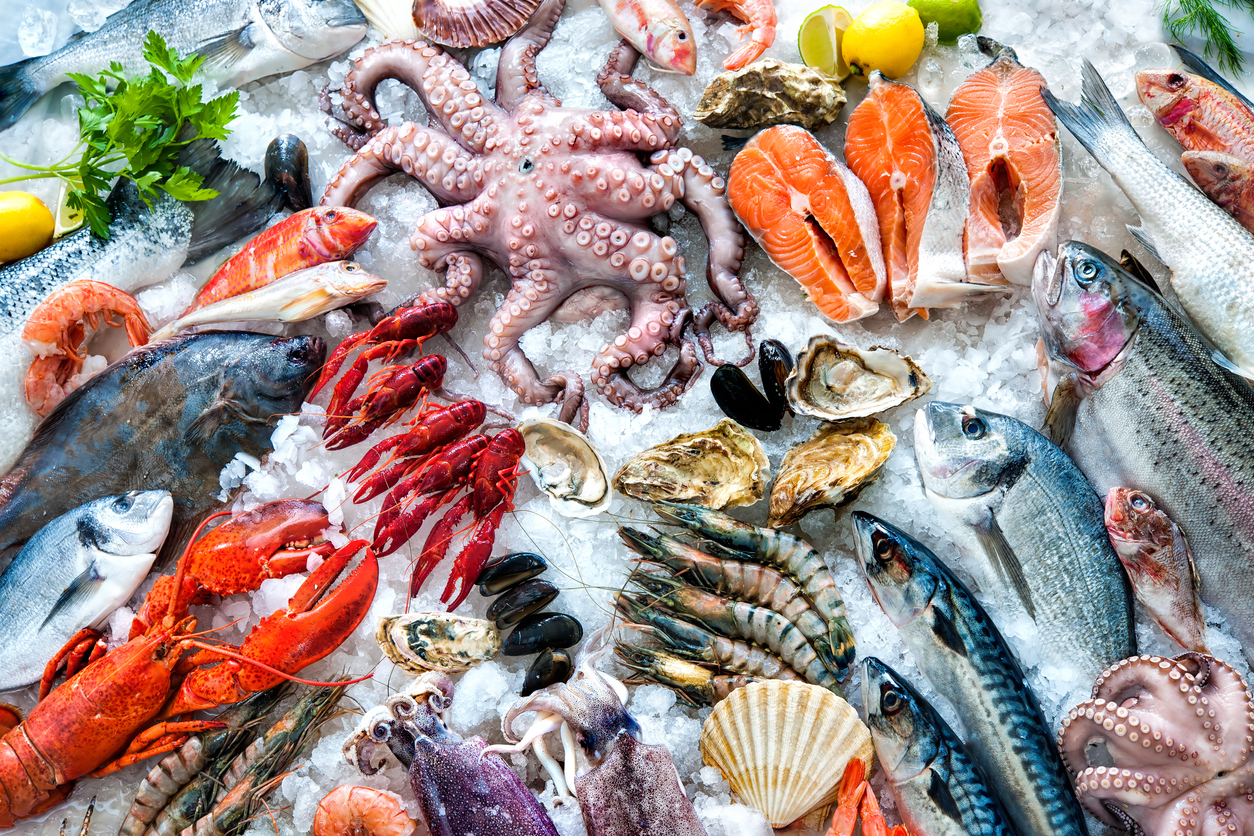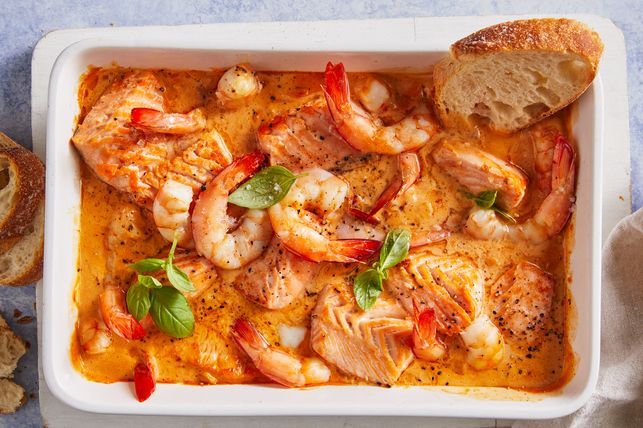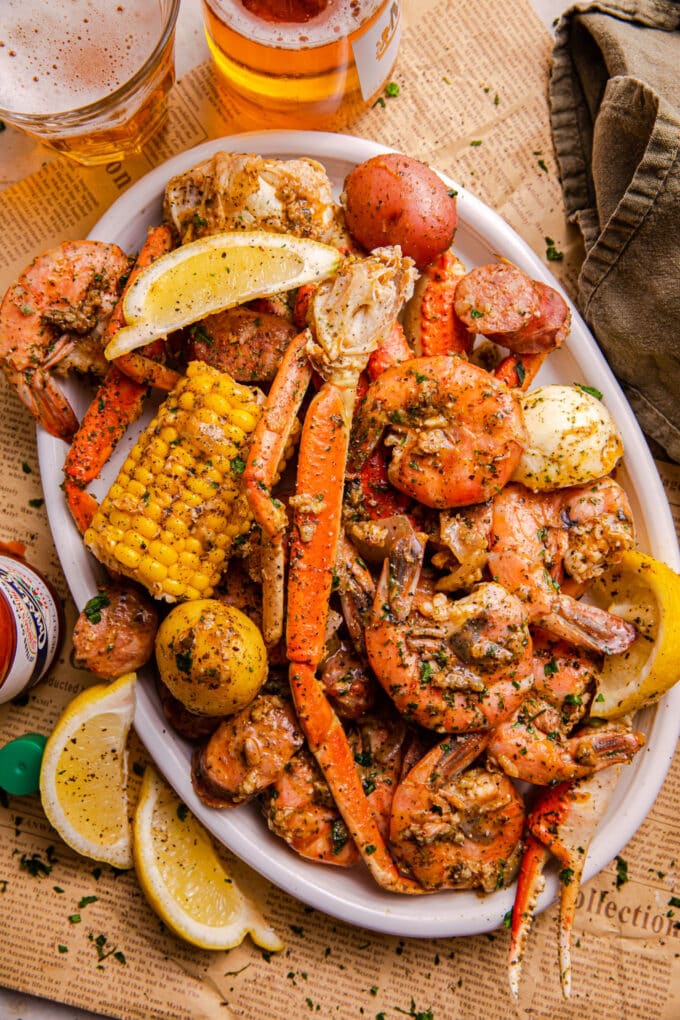How to Keep Seafood in Your Restaurant Correctly
In the kitchen of your restaurant, seafood needs to be handled, prepared, wrapped, and kept with care. By following the right procedures, you can preserve your seafood delicious and fresh while also significantly reducing the growth of pathogenic bacteria.
In order to help your restaurant store seafood properly, we have included some key tips below.
Rule #1 – Handle and wrap seafood with care.
Seafood should be handled in a clean, designated area of your kitchen. Both before and after handling seafood, always wash your hands with warm water and soap for 20 to 30 seconds and wear food preparation gloves if it is required in your kitchen. Similarly, use only newly-cleaned cutting boards and utensils, and wash your utensils and cutting boards thoroughly.
Serve safely– The same principles go for serving plates. Dishes that carry raw seafood should never carry cooked seafood directly after. Do not take too long handling, cutting, wrapping, and/or prepping seafood as it needs to be kept as cold as possible at all times. With higher temperatures, fish quickly loses quality and begins to deteriorate.
Prevent Cross-contamination- Cross contamination is likely when seafood products are left open. Not only can the seafood itself be contaminated, but juices from the seafood may contaminate other foods. When wrapping seafood products, make sure you are doing so with the proper materials and tools for efficient storage.
Keep it organized- All foods should be appropriately marked with the name, date it was made, and the use- by date to ensure the safety of your customers and help keep your cooler organized and efficient.
Rule #2 – Store seafood according to fish-specific guidelines.
All seafood should be stored according to a specific refrigeration hierarchy. Seafood should go below-prepared foods and fruits and vegetables and above beef and pork, ground meat, and poultry. This is because seafood has a cooking temperature of 145°F, which is a lower cooking temperature than beef, pork, ground meat, and poultry.
Most seafood can be broken down into three categories: Finfish, shellfish, and frozen seafood. Each type should be stored with different guidelines in mind.
Finfish- Finfish includes fish species such as salmon, halibut, cod, ocean perch, flounder, and tuna. To keep these fish as fresh as possible, store them on ice while they’re in the refrigerator. This will ensure that the fish remains at a proper temperature without affecting the quality of the fish. These fish should be used within 1 to 2 days after you purchase them. If you cannot use them within 2 days, wrap them up tightly and put them in the freezer, this ensures that the fish will not get dry, use moisture-proof wrapping materials or bags when freezing.
Shellfish – Shellfish includes species such as lobsters, crabs, clams, mussels, and oysters when they are bought live in their shells. These also need to be kept cold immediately. Oysters should be used within 7 to 10 days, and clams and mussels should be used within 2 to 3 days. Store these three species and others like them without water in shallow pans. Live crabs and lobsters need to be cooked immediately on the same day of purchase. It is also essential to take extra precautions with these products in particular because shellfish is a common allergy. So, be sure that shellfish do not come into contact with other items in your cooler.
Frozen seafood – Frozen seafood should be kept frozen. When you plan to use frozen seafood, the best option is to thaw it in the refrigerator overnight. Never thaw frozen seafood for cooking and consumption more than once.
Rule #3 – Use the FIFO rule: “First In, First Out.”
Lastly, make sure to follow a specific protocol when using your stored seafood. You should have a system in place in your kitchen that allows you to see the dates on all stored seafood quickly because it needs to be used so quickly.
In this way, whenever you need fish, you should take out the oldest inventory first: First in, first out. Always check labels to ensure that fish and seafood are within the expiration date. If you are ever in doubt of a piece of seafood’s safety, throw it out.
Why Is It So Important to Store Seafood Properly in Your Kitchen?
Raw meat and poultry have a higher tendency to harbor harmful bacteria than seafood, but the latter can still pose potential dangers. For this reason, following the guidelines listed above is imperative. It is crucial both for the safety and health of your restaurant guests and for the success of your restaurant when it comes to health inspections and continued customer satisfaction.



